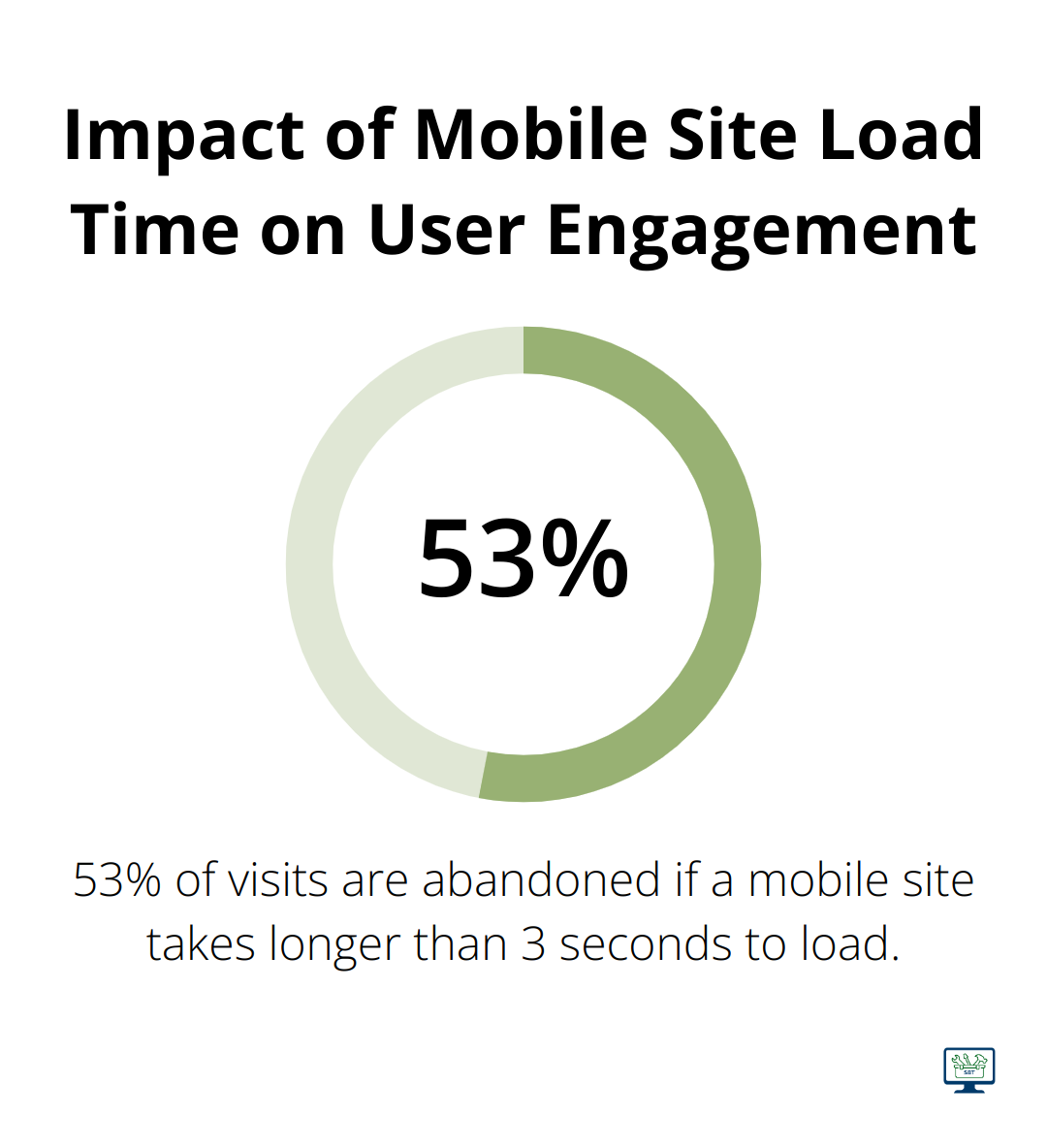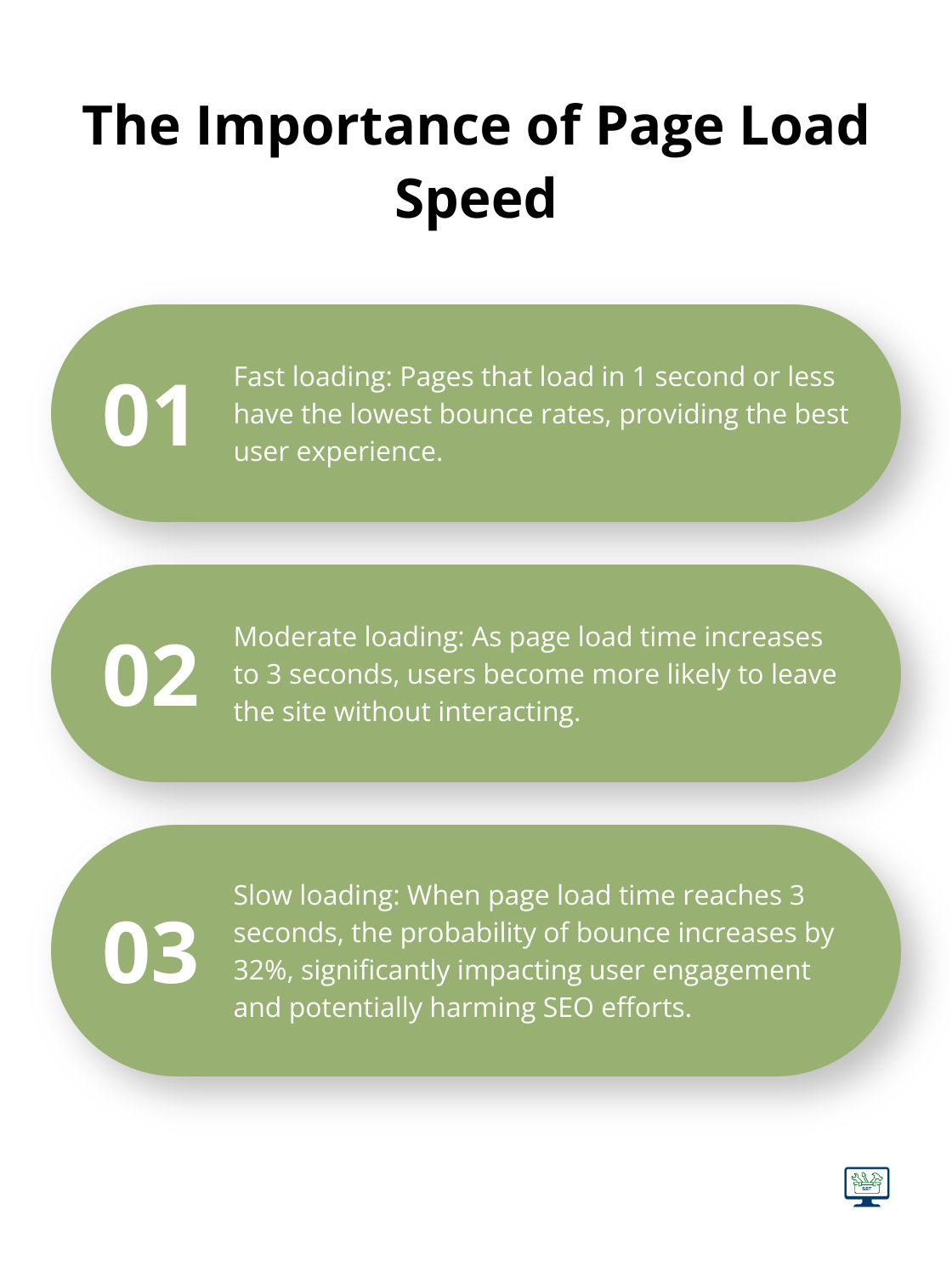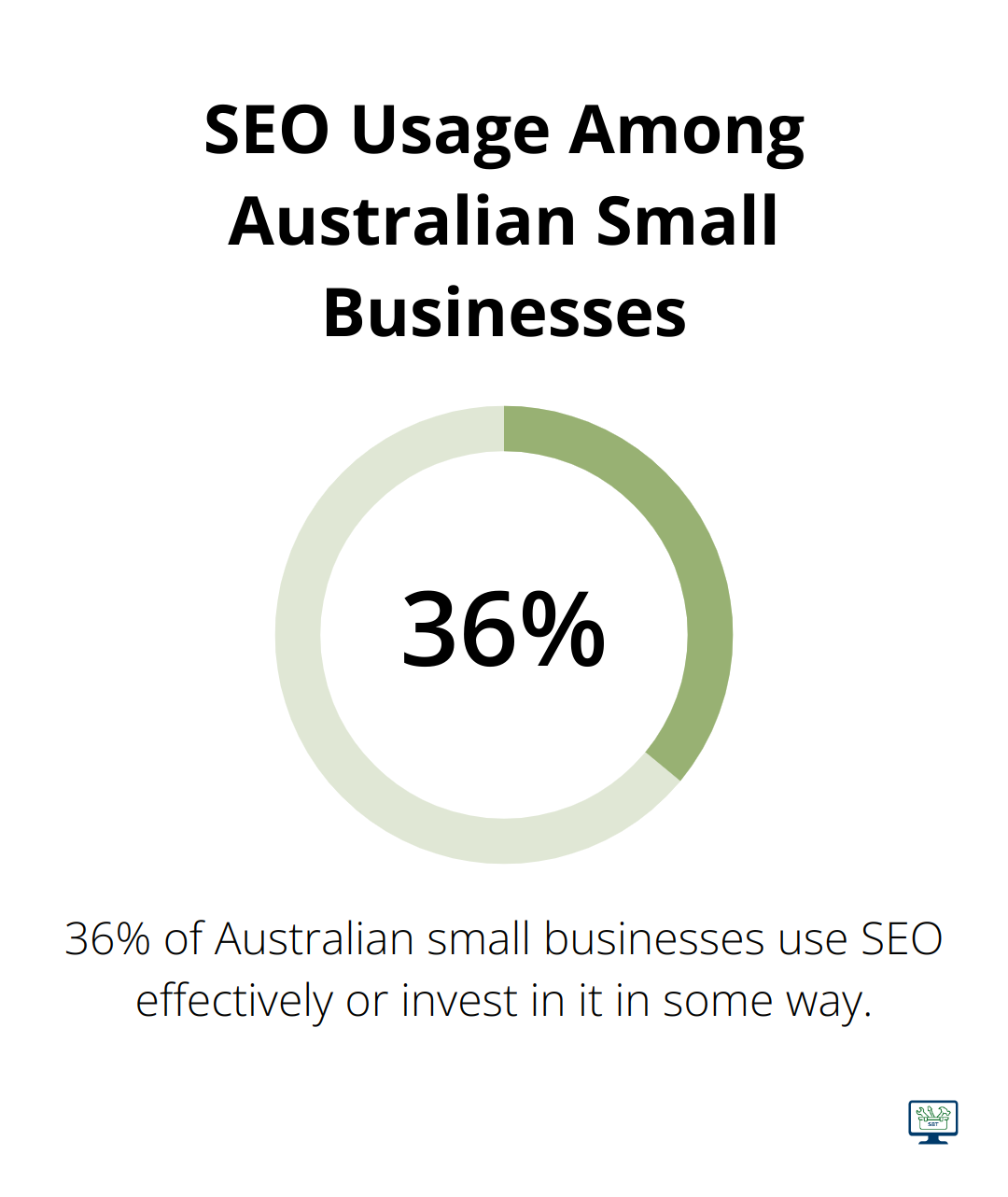SEO and Images: Optimize Visual Content for Search

Published On Jul 09,2025
At WebsiteStrategies, we know that SEO and images go hand in hand for small business owners in Australia. Visual content plays a crucial role in attracting and engaging website visitors.
However, many businesses overlook the power of optimising their images for search engines. In this post, we’ll explore practical strategies to boost your website’s visibility and user experience through effective image SEO techniques.
Why Image SEO Matters for Small Businesses
Boosting Search Engine Rankings
Search engines value well-optimised images. Effective image SEO techniques provide search engines with more context about your website’s content. This increased understanding can result in higher rankings in both image search results and regular web searches. Before uploading photos to your website, rename them so they are descriptive and include keywords e.g. kids-birthday-cake.jpg. Separate each word with a hyphen.
Improving User Experience
Images significantly impact how visitors perceive and interact with your website. Properly optimised images load faster, which is essential for keeping potential customers engaged. Google’s research indicates that 53% of visits are abandoned if a mobile site takes longer than 3 seconds to load. Image compression and the use of appropriate file formats can dramatically improve your site’s loading speed and keep visitors on your page longer.

Enhancing Accessibility for All Users
Image SEO extends beyond search engines and load times; it makes your website accessible to all users, including those with visual impairments. Descriptive alt text for images not only helps search engines understand your content better but also enables screen readers to describe images to visually impaired users. This inclusivity can broaden your audience and potentially increase your customer base.
Competitive Edge for Australian SMEs
For small businesses in Australia, image SEO offers a competitive advantage. In a market where larger companies often dominate search results, well-optimised images can help level the playing field. Local businesses can use location-specific images (tagged with relevant metadata) to improve their visibility in local search results. Using geo-tags in your social media posts and stories can increase local visibility.
Cost-Effective Marketing Strategy
Image SEO represents a cost-effective marketing strategy for small businesses with limited budgets. Unlike paid advertising, which requires ongoing investment, the benefits of image optimisation can continue to pay dividends over time. This makes it an attractive option for Australian SMEs looking to maximise their marketing ROI.
As we move forward, we’ll explore specific techniques you can use to optimise your images effectively. These practical strategies will help you harness the full potential of image SEO for your small business.
How to Optimise Images for SEO
Proper image optimisation can significantly boost a website’s performance. For small business owners in Australia, these techniques can lead to improved search rankings and user experience. Let’s explore some practical steps you can take to optimise your images for SEO.
Choose the Right File Format
The file format you select for your images can impact both quality and load time. For photographs and complex images with many colours, JPEG often works best. It offers good compression without significant quality loss. PNG suits images with fewer colours or those requiring transparency. WebP (a newer format) provides superior compression and quality compared to JPEG and PNG, but not all browsers support it yet.
Compress Without Compromising Quality
Image compression speeds up loading times. Tools like TinyPNG or ImageOptimise can reduce file sizes by up to 70% without noticeably affecting quality. WordPress users can automate this process with plugins like Smush or EWW Image Optimiser. Every second counts – Google reports that the probability of bounce increases by 32% when page load time goes from 1 to 3 seconds.

Craft Descriptive File Names
Rename your images with descriptive, keyword-rich file names before uploading them to your site. Instead of “IMG_1234.jpg”, use something like “hand-made-leather-wallet-melbourne.jpg”. This helps search engines understand the image content. Use hyphens to separate words (search engines interpret these as spaces).
Write Relevant Alt Text
Alt text is essential for both SEO and accessibility. It should accurately describe the image content and, when appropriate, include relevant keywords. Try to keep it concise (about 125 characters or less). For example, good alt text for a product image might be “Hand-crafted brown leather wallet made in Melbourne”. Avoid keyword stuffing, as this can harm your SEO efforts.
Implement Responsive Images
Mobile devices account for 64.31% of web traffic in Australia, so ensure your images look good on all screen sizes. Use the srcset attribute to provide multiple image sizes, allowing browsers to choose the most appropriate one. This improves user experience and helps with page load times on mobile devices.
These image optimisation techniques can significantly improve your website’s SEO performance. (It’s worth noting that image optimisation is an ongoing process.) Regularly review and update your images to ensure they continue to contribute positively to your site’s performance and user experience.
In the next section, we’ll explore how to leverage images for local SEO, a strategy particularly beneficial for Australian small businesses looking to attract nearby customers.
How Images Boost Your Local SEO
Geotagging Your Images
Geotagging defines a particular point of where your business is located when utilised for local SEO objectives. This information helps search engines understand where the image was taken, which can improve your visibility in local search results. Many smartphones automatically geotag photos, but you can also add this data manually using tools like GeoSetter or Adobe Lightroom.
To geotag your images effectively, ensure the location data matches your business address. This consistency signals to search engines that your business is located where you claim it is. (Respect privacy concerns and only geotag images that are directly related to your business location.)
Showcasing Your Local Presence
Use images that highlight your local area or community involvement. This could include photos of your storefront, team members at local events, or your products in recognisable local settings. These visuals engage your local audience and provide context for search engines.
For example, if you run a cafe in Brisbane, consider posting images of your coffee with the Story Bridge in the background. This visual cue immediately connects your business to the local area. A study involving 700 Australian SMEs revealed that 36% of small businesses use SEO effectively or invest in it in some way.

Optimising for Local Search Queries
When you optimise images for local SEO, think about the search terms your potential customers might use. Include location-specific keywords in your image file names, alt text, and captions. For instance, instead of “coffee-shop.jpg”, use “best-coffee-shop-brisbane-cbd.jpg”.
Also, consider creating location-specific landing pages for different areas you serve. Each page should feature unique, locally relevant images. This strategy can help you rank for various local search queries.
Leveraging User-Generated Content
Encourage your customers to share photos of your products or services on social media and tag your location. User-generated content not only provides social proof but also creates additional locally relevant images associated with your business. Social proof derived from user-generated content can significantly influence purchasing decisions.
Always credit the original poster when sharing user-generated content. This practice builds goodwill and encourages more customers to share their experiences visually.
Final Thoughts
SEO and images play a vital role for small business owners in Australia. We explored effective image optimisation techniques to enhance website visibility, user experience, and accessibility. These strategies form the foundation of a robust image SEO approach, which can lead to increased organic traffic and improved user engagement.
Image optimisation for local SEO helps you connect with your local audience and improves visibility in location-specific searches. It’s a cost-effective approach that can provide long-lasting results for your business. (Regular reviews and updates of your visual content ensure it continues to contribute positively to your site’s performance.)
At WebsiteStrategies, we help Australian SMEs turn their websites into powerful lead-generating assets. Our tailored SEO consultancy and comprehensive audits provide a clear roadmap to stronger Google rankings and sustainable online growth. Take the first step towards optimising your website’s visual content today.
